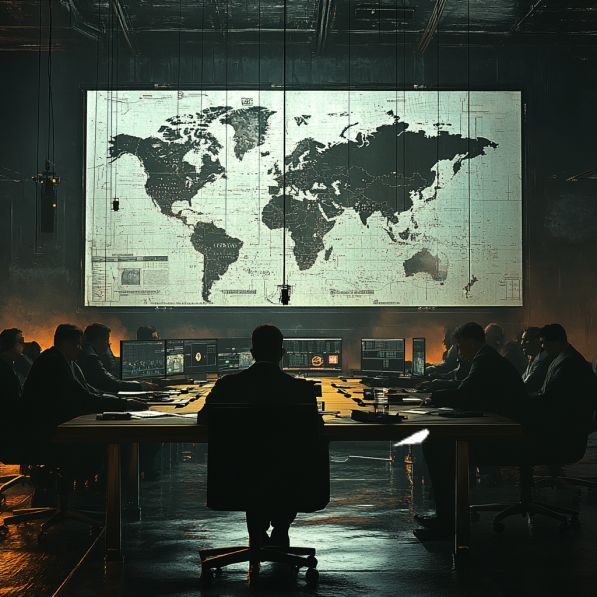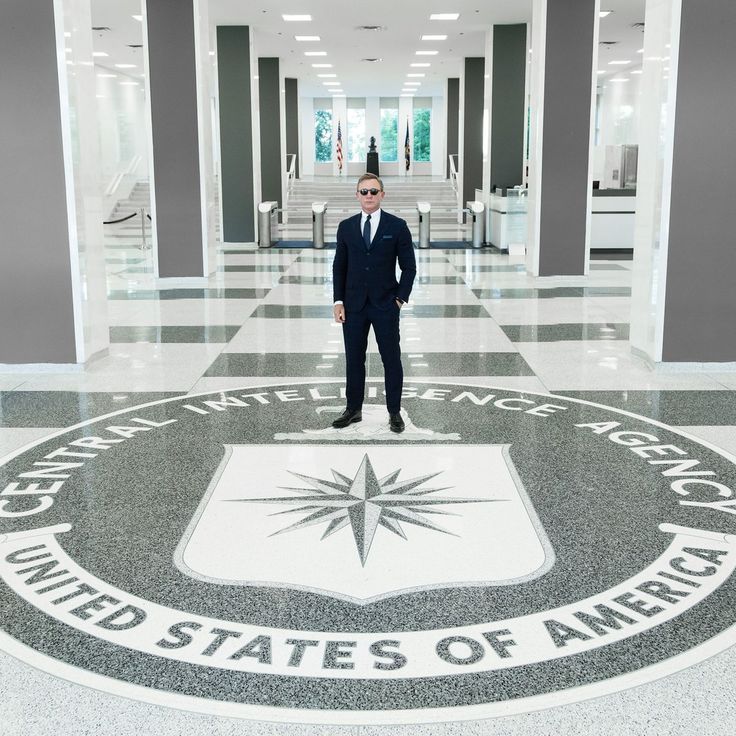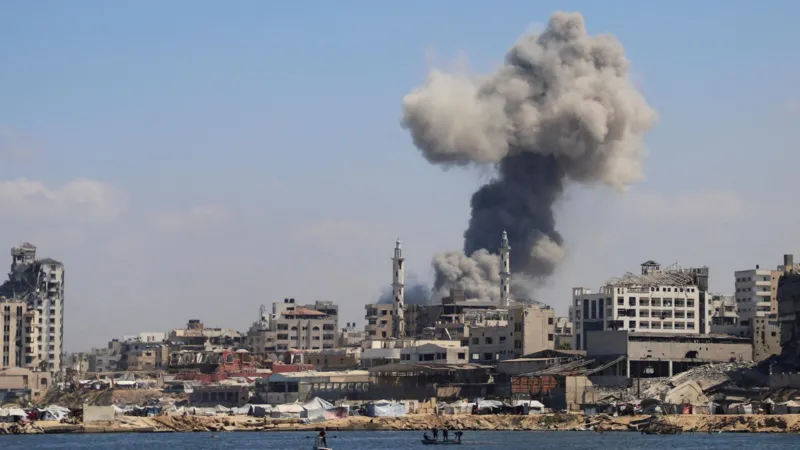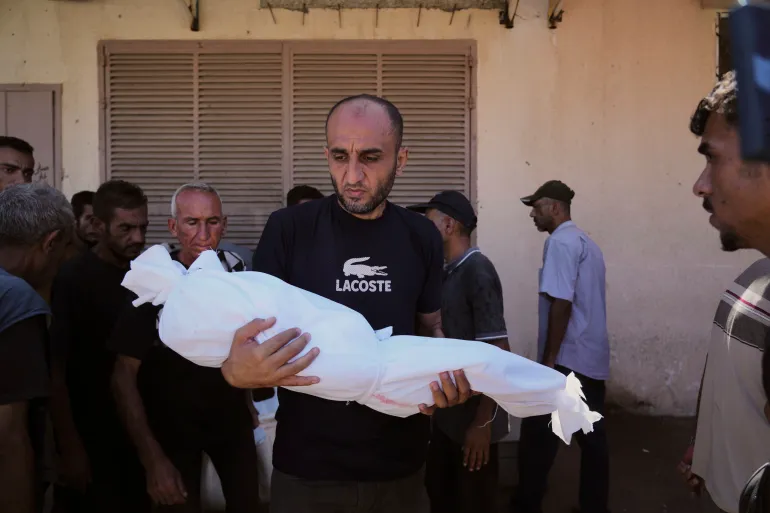Introduction
The CIA spy shot down over Russia in 1960 remains one of the most infamous moments of the Cold War. On May 1, 1960, American pilot Francis Gary Powers was flying a U-2 reconnaissance plane over Soviet territory when his aircraft was struck by a surface-to-air missile. What followed was not only the capture and trial of Powers, but also a deep diplomatic crisis that derailed hopes of peace between Washington and Moscow.
Sixty-five years later, the CIA spy shot down over Russia in 1960 still resonates as a symbol of mistrust, espionage, and the dangerous brinkmanship that defined the Cold War.
The Mission That Changed History
The U-2 program was one of the CIA’s most ambitious espionage projects. These high-altitude planes were designed to fly at 70,000 feet, supposedly beyond the reach of Soviet defenses, while photographing military installations with cutting-edge cameras.
Francis Gary Powers, the man at the center of the CIA spy shot down over Russia in 1960, had taken off from Peshawar, Pakistan. His mission: fly deep into Soviet airspace, capture photographic evidence of military facilities, and land in Norway. It was a daring route, covering some of the USSR’s most sensitive zones.
But Soviet radar had tracked previous U-2 flights. On this mission, the Soviets were determined to make a stand. MiG fighters scrambled, and S-75 Dvina missiles were launched. Near Sverdlovsk, one missile struck Powers’ plane, tearing off a wing and sending it spiraling down tail-first.
The Near-Death Escape
The CIA spy shot down over Russia in 1960 survived against the odds. As Powers’ aircraft disintegrated, he struggled with the decision to eject. The U-2’s cockpit was notoriously tight — ejecting improperly could have severed his legs. Instead, he opened the canopy and tried to climb out.
Powers was violently sucked halfway out of the plane, his air hose still attached, as he lost consciousness in the spinning wreck. He never managed to trigger the self-destruct button, meaning the Soviets recovered both the plane and its camera intact.
Parachuting to safety, Powers landed on farmland near Sverdlovsk. Almost immediately, he was tracked and arrested by Soviet security forces, sealing the fate of the CIA spy shot down over Russia in 1960.
The Trial in Moscow
Once captured, Powers faced interrogation by the KGB before being put on trial in Moscow in August 1960. His family attended, but the experience was emotionally devastating. His wife, Barbara, recalled how painful it was to see him unable to even look toward them in the courtroom.
On August 19, 1960, the CIA spy shot down over Russia in 1960 was sentenced to ten years — three in prison and seven in a labor camp. Soviet leader Nikita Khrushchev used the incident to humiliate the United States, revealing to the world that Powers was alive, his plane had been recovered, and Washington had been lying.
A Diplomatic Disaster
The CIA spy shot down over Russia in 1960 created a massive diplomatic fallout. Initially, the U.S. tried to cover up the mission, claiming that a NASA research plane studying weather had strayed off course over Turkey. They even painted a U-2 with NASA markings.
But when Khrushchev announced that the Soviets had captured Powers alive and recovered the U-2’s camera, the deception backfired. U.S. President Dwight D. Eisenhower was forced to admit the truth.
The timing could not have been worse. A long-anticipated Paris summit between the U.S., USSR, France, and Britain was meant to ease Cold War tensions. Instead, Khrushchev demanded an apology and guarantees against future flights. Eisenhower refused. The peace summit collapsed, and the CIA spy shot down over Russia in 1960 became a defining failure of U.S. foreign policy.
Media Reaction and Criticism
At the time, the CIA spy shot down over Russia in 1960 also sparked debates in Western media. Some journalists described Powers as naïve or cowardly, suggesting he had mishandled his mission. Others criticized the U.S. government for risking such a dangerous spy flight on the eve of crucial diplomacy.
In Moscow, Soviet coverage portrayed Powers as a defeated spy, paraded as proof of Western aggression. For the American public, the incident was both a national embarrassment and a chilling reminder of Cold War realities.
Prison and the Spy Swap
Though sentenced to ten years, the CIA spy shot down over Russia in 1960 did not serve his full term. In February 1962, just under two years after his conviction, Powers was exchanged in Berlin for Rudolf Abel, a high-ranking Soviet spy held in U.S. custody.
The swap — later dramatized in Steven Spielberg’s film Bridge of Spies — became one of the most famous prisoner exchanges of the Cold War. While Abel was seen as a valuable intelligence asset, Powers’ role was mainly as a pilot, making the exchange lopsided in the Soviets’ favor.
Legacy of the CIA Spy Shot Down Over Russia in 1960
The CIA spy shot down over Russia in 1960 left a lasting mark on espionage and geopolitics:
- It proved that U-2 planes were not invincible, forcing the U.S. to rethink reconnaissance strategy.
- It embarrassed Washington on the global stage, showing the dangers of deception in diplomacy.
- It reinforced Soviet mistrust and prolonged Cold War tensions.
- It shaped the public narrative of espionage, later dramatized in books, films, and documentaries.
For Francis Gary Powers himself, life after release was difficult. Though he eventually found work as a helicopter pilot, his reputation was damaged, and he lived under scrutiny until his death in 1977.

Conclusion
The story of the CIA spy shot down over Russia in 1960 is more than a tale of espionage. It is a warning about the risks of deception, the fragility of diplomacy, and the high stakes of the Cold War. For the U.S. and the USSR, the incident cemented distrust, fueled hostility, and delayed peace efforts for years.
Even 65 years later, the CIA spy shot down over Russia in 1960 reminds us how a single mission gone wrong can alter history.


